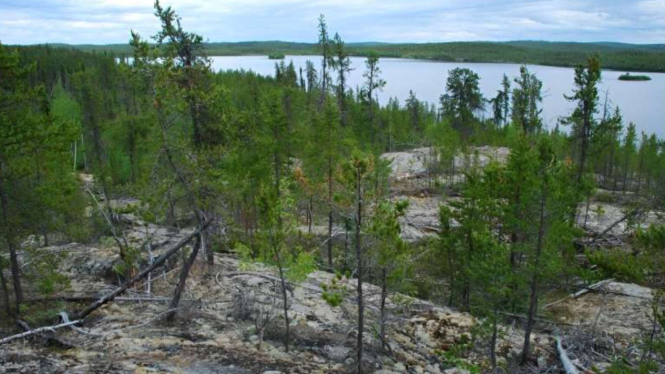Tuesday, 24 October 2023 – 14:34 WIB
LIVE Techno – A new study, which uses a unique approach to analyze satellite images of the boreal forest over the past three decades, finds that fires may be changing the face of the region in ways researchers had not previously anticipated.
Historically, fires in North American boreal forests have caused coniferous trees to be replaced by deciduous trees, which grow faster, absorb more carbon and reflect more light, leading to a cooling of the climate and a decreased likelihood of fire.
Research led by Northern Arizona University and published Monday, October 23, 2023 in Nature Climate Change, found that although forests are becoming denser, they are not staying that way. Several decades later, those same forests gradually began to switch back to coniferous trees.
The researchers also found that the sudden loss of coniferous forests due to forest fires was offset by a gradual increase in coniferous forests in areas that had never burned, resulting in no overall shift towards deciduous forest cover.
“We determined that fires clearly changed forests from conifers to conifers, but when we looked at those changes over decades, we found deciduous trees started to be replaced again by conifers three to four decades after the fires,” said Scott Goetz , Regents’ Professor in the School of Informatics, Computing, and Cyber Systems (SICCS) at Northern Arizona University and study co-author, quoted from PHYSTuesday, October 24 2023.
“There are extraordinary dynamics taking place, but when we calculate it all, the impact on the climate is quite small,” he added.
Logan Berner, assistant research professor at SICCS, said this is surprising because several recent studies have shown a shift towards deciduous forests.
“This is somewhat surprising because several recent studies have shown a shift toward deciduous forests at local to regional scales,” said Logan Berner, assistant research professor at SICCS and co-author of the study.
“While our research shows that there have been no major changes in forest composition over the past few decades, we anticipate that continued climate warming and increased forest fire activity may lead to major changes in forest composition in the coming decades,” he added.
The researchers note this may not be permanent. In recent decades, there has been an increase in fire disturbance in these forests, so that in the future, the return of coniferous forests may take longer than in the past.
As the climate continues to become warmer and drier, this will also affect how forests burn and how they recover.
“As we consider fire management approaches, including efforts to reduce carbon emissions and mitigate fire risks to local communities and infrastructure, this research provides an important foundation for future research,” said Brendan Rogers, associate scientist at the Woodwell Climate Research Center and study co-author .
“Especially after a summer of record-breaking fires in Canada, understanding how forest composition will change and respond to fire over time is critical to informing best management practices and protecting people and the planet,” he continued.
The team conducted the research as part of NASA’s Arctic Boreal Vulnerability Experiment (ABoVE), where Goetz is the Science Team Leader.
As part of their project at ABoVE, they used high-resolution satellite imagery of boreal forests in Alaska and Canada captured by the Landsat satellite suite to measure changes in forest composition, both in areas that have burned and those that have not.
They also calculated the impacts of forest change using satellite surface reflectivity measurements and calculated feedback impacts on climate.
2023-10-24 07:34:01
#Study #Surprising #Impact #Boreal #Wildfires


